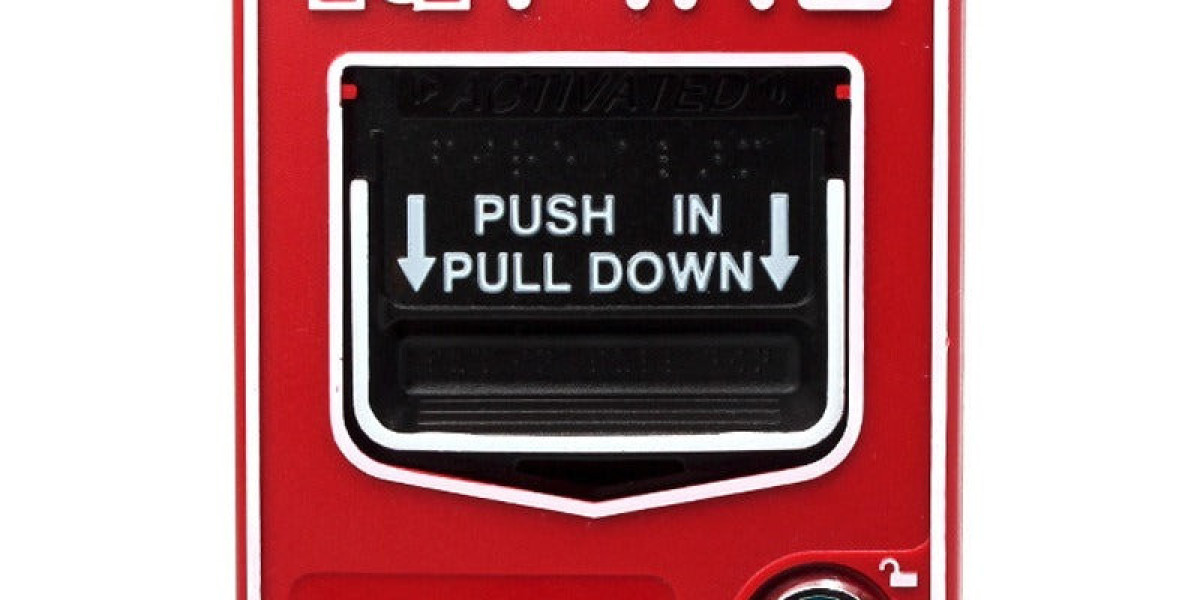Introduction
Lithium-ion batteries are the powerhouses behind everything from smartphones and laptops to electric vehicles and solar systems. As the demand for faster charging and greater efficiency grows, so does the need for safe charging practices. A faulty or poorly designed charger can lead to overheating, fires, or battery degradation. In 2025, as battery technology continues to evolve, so must the safety features in lithium-ion battery chargers.
Here’s a detailed look at the top safety features you should consider when choosing a lithium-ion battery charger in 2025.
1. Overcharge Protection
Overcharging can lead to excessive heat and even thermal runaway. Modern chargers are equipped with smart microcontrollers that detect the battery’s charge level and automatically stop charging once the battery is full. Look for chargers with built-in over-voltage cutoff circuits.
2. Temperature Monitoring (Thermal Sensors)
A key safety upgrade in 2025 is the use of real-time thermal monitoring. Advanced chargers use integrated sensors that monitor the battery and charger temperature. If the system detects overheating, it will pause or stop the charging process until the temperature normalizes.
3. Short-Circuit Protection
A short circuit can cause irreversible damage to both the battery and charger. Premium lithium-ion chargers now feature electronic fuses and auto shut-off mechanisms that prevent electrical overloads and short circuits.
4. Reverse Polarity Protection
Connecting a battery incorrectly can be hazardous. Modern chargers use reverse polarity detection to ensure that if the battery is inserted incorrectly, charging is automatically disabled to prevent damage or sparks.
5. Overcurrent and Overvoltage Protection
Excess current or voltage during charging can damage the battery’s internal chemistry. Chargers in 2025 use dynamic voltage regulation and current-limiting features to ensure optimal charging parameters based on the battery’s specifications.
6. Fire-Retardant Housing and Insulation
Newer lithium-ion battery chargers are built with flame-resistant materials, high-grade insulation, and heat-dissipating designs to reduce the risk of combustion in case of malfunctions.
7. Smart Communication Protocols (BMS Integration)
Chargers now come with Battery Management System (BMS) integration, allowing real-time data exchange between the charger and battery. This ensures balanced charging, real-time diagnostics, and failure alerts—essential for large battery packs in electric vehicles and solar systems.
8. Automatic Shut-Off and Sleep Mode
If the battery remains idle for a certain period or is fully charged, smart chargers automatically shift to sleep mode to conserve power and prevent unnecessary heat generation.
9. Compliance with International Safety Standards
When buying a charger in 2025, make sure it is certified by standards like UL (Underwriters Laboratories), CE, RoHS, or IEC 62133. These standards ensure the charger has passed rigorous testing for safe operation.
Conclusion
With the increased reliance on lithium-ion batteries in modern technology, investing in a charger with advanced safety features is not just smart—it’s essential. From overcharge protection and thermal monitoring to BMS integration and compliance standards, the chargers of 2025 are smarter and safer than ever before.
Whether you’re a tech enthusiast, EV owner, or solar energy user, always prioritize safety over speed when it comes to battery charging.



